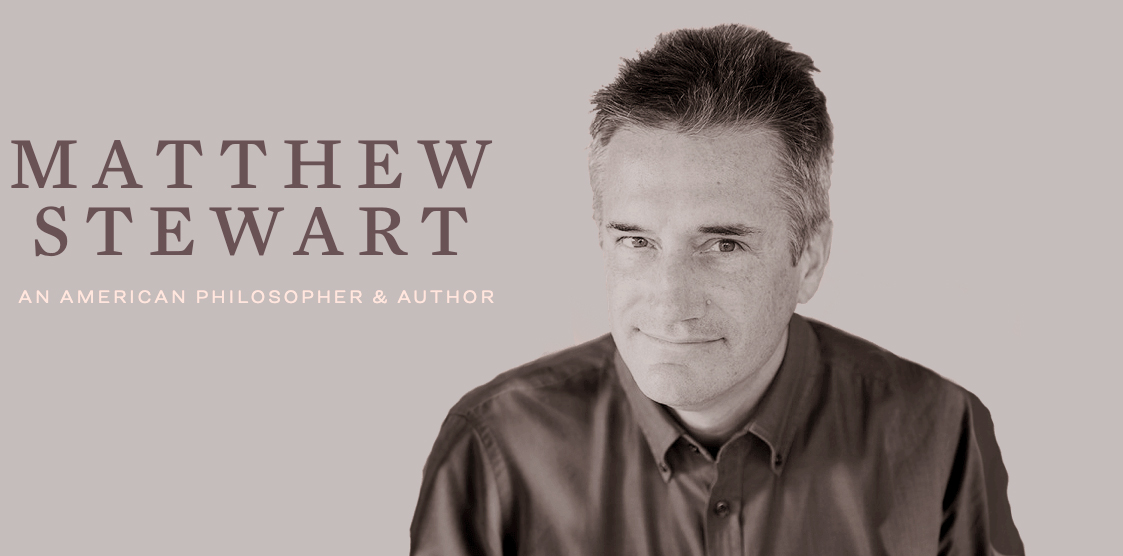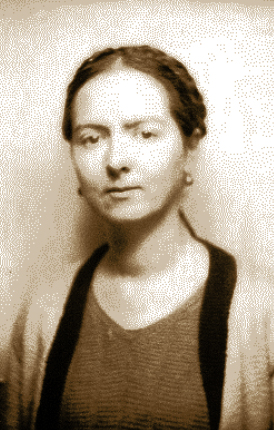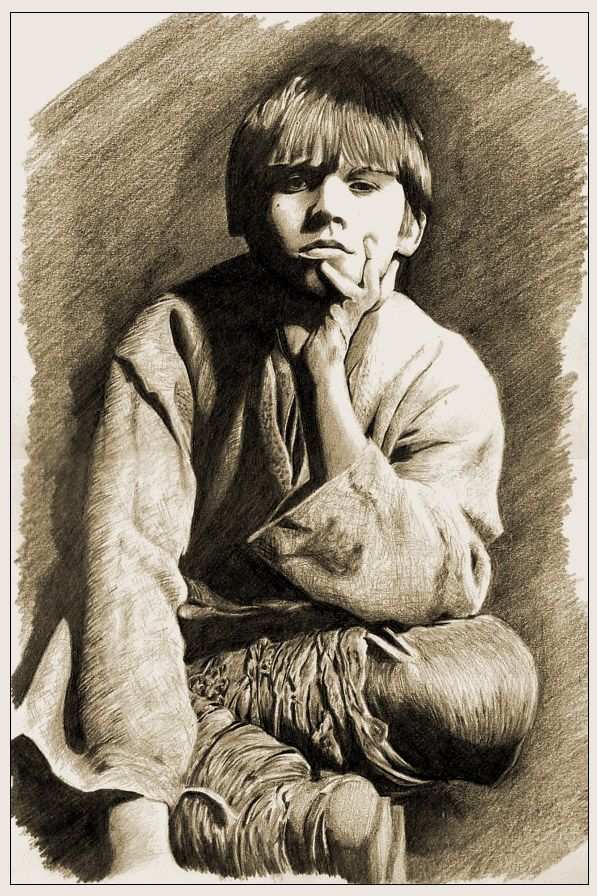 To contextualise this series about psychiatry, see: here. Below, an abridged translation of a chapter of one of my books that I wrote in the last century:
To contextualise this series about psychiatry, see: here. Below, an abridged translation of a chapter of one of my books that I wrote in the last century:
The ritual murder of people has always been preceded by the ritual murder of truth—and, indeed, by the ritual murder of language itself.
—Szasz [1]
The inconvenience with the metaphor ‘mental illness’ is that psychiatrists talk literally when they say that a person is mentally sick. Following a comparison with the economy, it is like saying that an economic collapse due to the hyperinflation of fiat currency was caused by a biological virus that affected the gold reservoirs; a virus that has yet to be detected in the labs, but that the bio-reductionist economists have faith they are going to detect in the future. Logically, linguistically and scientifically that would be nonsense, but this is precisely what psychiatrists are doing with the children of abusive families: they are literalising a biological metaphor.
Another reason why I do not like ‘mentally ill’ even as a metaphor is because that word takes off all reference to abuses, to a perpetrator and his victim. It is a very bad metaphor to refer to victims of parental abuse. No one would use it to refer to a Dora who has just been raped. If Dora herself used it the metaphor would turn out to be self-stigmatising. She would have fallen in her tormentor’s Newspeak and, therefore, in his political agenda.
The existence of mental illness as a somatic entity has not been demonstrated scientifically. It is a myth unconsciously created by biological psychiatrists to hide the fact that the family and society are driving some persons mad. To elucidate this point let us think a little about the language.
Some linguists have argued that language is rhetorical, and that we commit a great mistake in believing that, if a group of individuals uses a word in all seriousness, it means that something real exists behind it. For instance, those who defined modern psychiatry used terms like ‘dementia praecox’ (Emil Kraepelin), ‘schizophrenia’ (Eugen Bleuler) and ‘hysteria’ (Jean-Martin Charcot and Sigmund Freud) to stigmatize adolescents and women. According to Orwell, the rhetorical objective of Newspeak is social control; neologism and the abuse of language characterise it. Even though Orwell had in mind political totalitarianism, psychiatrists also abuse language: they have dared to call the ‘right to treatment’ involuntary hospitalisation, and ‘therapy’ the electroshock punishment in psychiatric wards. Civil society must vehemently repudiate these words of the Therapeutic State. To illustrate why we must do it, I would like to make reference to an ideology that, in contrast to the totalitarianism of the 20th century, triumphed and imposed its Newspeak for centuries.
The 4th century of the Common Era, during the reign of Theodosius, witnessed the consolidation of power of the bishops in the Roman Empire after the premature death of Julian the Apostate. Those unconverted to the new religion, that in Julian times enjoyed special protection, became second-class citizens. A new word was coined, ‘pagan’, to label the adept of the millenarian Hellenic culture. Once created the Newspeak those stigmatized as ‘pagans’ became persecuted. Only by these means did the new theocracy succeed to eradicate the Greco-Roman culture.
Modern psychiatrists have also created a Newspeak. Only that they have classified a multitude of disorders and invented others to repress the unwanted, even those who are perfectly sane. Tom Szasz is aware of these snares, and he warns us that the abuse of language (‘pagan’, ‘heretic’ or ‘borderline personality disorder’, the label applied to the mentioned Rachel) is the first step to abuse people. For that very reason all discourse must start with a thorough cleansing in our vocabulary. Only semantic hygiene can prevent us from ideological and political contamination.
Let us now comment on what I used to consider heroes in my previous writing. In a 1971 interview Theodore Lidz stated:
I personally, as you may know, do not consider schizophrenia a disease or an illness, but rather a type of reaction to a sick organization, a personality disorder […]. While I use the word schizophrenia, for example, I think I would never say a patient has schizophrenia. We say a patient is schizophrenic. [2]
The problem with this posture is that today ‘schizophrenia’ is the equivalent word to ‘witch’ in times of the Inquisition. Had Lidz lived in that epoch, would he like that an inquisitor told him that his mother was a witch (cf. the life of Johannes Kepler)? Hugh Trevor-Roper, who studied this black chapter of history, said that the witch-hunt stopped only until the West questioned the very idea of Satan, that is, until the dawn of the Enlightenment. Exactly the same can be said about psychiatry, which already has three hundred years, the time the Inquisition lasted. As long as the idea of ‘mental illness’ remains unchallenged, of which schizophrenia is only one of its paradigms, the persecution of civilians who have not broken any law will not cease.
Let us now listen to Ronald Laing:
Perhaps we can still retain the now old name, and read into it its etymological meaning: Schiz—‘broken’; Phrenos—‘soul’ or ‘heart’. The schizophrenic in this sense is one who is brokenhearted, and even broken hearts have been known to mend, if we have the heart to let them.[3]
This posture makes better common cause with the victim than Lidz’s. But Laing did not seem to realise that in practice the term he retained is used as a semantic bludgeon to re-victimise that victim!
In spite of the fact that Laing was considered the anti-psychiatrist par excellence, he failed to elaborate a critique of language, the most basic of all critiques. Laing did not abandon the word schizophrenia even though psychiatrists cannot explain how this disease could remain so many centuries without detection until Emil Kraepelin and Eugen Bleuler supposedly discovered it. ‘How could it have been missed if it affected one percent of the population, as it does now?’ asks in his magnificent naiveté Fuller Torrey, one of the most popular apologists of biopsychiatry.[4] That the word ‘schizophrenia’ is merely a political neologism is suggested by the fact that the former expression of 1883 divulged by Kraepelin, ‘dementia praecox’, raised up the same suspicion of ‘moral insanity’ (dementia praecox and schizophrenia refer exactly to the same adolescent symptoms). Therein the necessity of Eugen Bleuler to invent in 1911 a Newspeak word that covered up better his political objectives against adolescents. Let us re-baptize Kraepelin’s dementia praecox as ‘schizophrenia’ and in the 20th century no one will suspect anything! [5]
So the word schizophrenia was born. But Laing did not culminate his critique of psychiatry with a critique of language. In fact, each time that, as Laing did, we call schizoid or schizophrenic an adolescent we miserably fall into the trap that Bleuler laid for us, a trap that impedes us to see the essentially political nature of the epithet—‘moral insanity’ for liberated women, ‘dementia praecox’ for rebellious adolescents. Nowadays the smokescreen that the creators of the mental health movement have lifted is so dense; it has covered so much the air that civil society breaths, that only by reading the critics of psychiatry it is possible to rise up above the curtain and see what is behind it.
Defending his position before Szasz’s criticism, Silvano Arieti argued:
I believe that when psychiatrists examine typical cases of, for example, a patient who says that he is Jesus Christ because he drank Carnation milk and therefore has been reincarnated, or who uses peculiar neologisms or metonymic distortions or typical word-salad, or who sees everywhere FBI agents spying on him, or hallucinates all the time, or is in catatonic postures, or complete withdrawal, they are confronted with a constellation or Gestalt that cannot be confused. Certainly no pejorative connotation should be given to a dysfunction of the human being; but if human beings are inclined to do so, they will not refrain from attaching sooner or later a pejorative connotation to the name that replaces the old one.[6]
Colin Ross, who, incidentally, eagerly looked for a copy of the DSM to point out something to me during our Dallas meeting, went even further:
The DSM-IV system is one of the truly important achievements of twentieth-century psychiatry, and it far outweighs the contribution of biological research. I am a firm believer in the necessity for operationalized diagnostic criteria. [7]
Anti-Freud, a Szasz study about a purist of language, convinced me that this is a big mistake.[8] The first step a dissident of an ideology should take is to abandon its Newspeak, and even more its slanderous epithets. Sometimes I have even thought that, despite their creative work, one of the reasons why neither Lidz nor Laing nor Arieti left a school is that none dared to break away from the psychiatric Newspeak (Ross is still too young to know whether or not he will leave any school).
Let us consider for instance the apparently plausible defence by Arieti, quoted above. Szasz had said that the term schizophrenia is a panchreston (from Greek, a word ‘good for everything’ just as a sailor box is so handy in sewing). In the present context, panchreston is a word which merely baptizes with a name a large constellation of disorders (cf. Arieti’s constellation) when such name only mystifies and obscures what the popular word, madness, expresses better. Of course, psychiatrists baptise the crudest form of madness with a single medical name to make people believe they know exactly what they are dealing with, but the truth is that they know absolutely nothing about its aetiology. This is so true that even a 1997 editorial of the American Journal of Psychiatry conceded that ‘as yet, we have no identified etiological agents for psychiatric disorders’. [9]
My reply to Arieti is that those who hate Christianity will never use the word ‘pagan’ when talking about, say, a 4th century Hellenist; or ‘heretical’ when referring to a Mormon—independently that before them traditional Christians are comforted with a Gestalt that cannot be confused. Likewise, those of us who disapprove of involuntary psychiatry do not use psychiatric words to refer to rebellious boys or even the disturbed ones—even if by that we mean (as Laing meant) that they are victims of family abuse. If we use the epithets the effect on them would be counterproductive and re-victimising.
With regard to the genuinely disturbed, Arieti is right in pointing out that the old epithet ‘crazy’ is pejorative too, but he omitted to add that the new one carries along political actions such as involuntary medication and hospitalisation. I appreciate that, in contrast to biological psychiatrists, Arieti maintained the parental aetiology of the disorders he saw in these youngsters. However, if this is so the psychiatric labels should be devised and directed against the parents, not against their victims. Of very little use could a sophisticated diagnostic taxonomy such as the DSM be if the psychiatrists fail to say that distressed people passed through something more dreadful than a concentration camp! As I said, no one diagnoses as schizophrenic, manic-depressive or paranoid a Dora who has just been raped by a gang omitting to say what has just happened to her.
But the most sinister aspect of psychiatric diagnoses is that frequently they stigmatise perfectly normal behaviour. Psychiatrists diagnose as schizophrenia not only cases such as Arieti’s bizarre constellation, but adolescent rebellion as well. That is to say, they use the old trick of ‘guilty by association’ of rebellious teenagers with the disturbed ones. This is precisely the panchrestonian (‘good for everything’) character of the words schizophrenia and schizoidism.
In our societies the power to stigmatize with the word that Lidz, Laing, Arieti and Ross retained is enormous. To say ‘John Doe is a schizophrenic’ euphonically sounds ‘John Doe is a monster’, so much so that it is used precisely to slander people before society. We have seen that in recent times the psychiatrists are stamping the label ‘hyperactive’ to the boy who for centuries humankind called ‘mischievous’, and also the label ‘autistic’ to the girl who withdraws. Just as the label ‘schizophrenia’, which usually is used against rebellious teenagers, these words only mystify and obscure what popular words expressed much better.
The crux is that these are not descriptive but dispositive words. The aim of mystifying language is to legitimise, at the request of the parents, an assault with psychiatric drugs on the brains of these children and teenagers perfectly healthy and normal. (‘Perfectly normal people are kept in treatment centers, perfectly normal teenagers. Nobody was crazy there, not even one person’—the teenage Rachel as quoted in a previous chapter.) This is why we should never use words such as ‘schizoid’ while the psychiatric institution exists just as we would not use the word ‘heretic’ when the Inquisition existed. In those times the word ‘heretic’ was a dispositive word. To say ‘John Doe is a heretic’ actually meant, ‘We want John Doe at the stake’.
Unfortunately, psychiatry has beguiled society and these dispositive words are being used by everybody. This can be noted by reviewing our dictionaries. According to the Webster’s Third New International Dictionary, for instance, Newspeak is ‘propagandistic language characterized by euphemism, circumlocution, and the inversion of customary meanings’. However, on that very page the editors let themselves to be bamboozled by the Newspeak: they defined the neuroleptic as ‘any of the powerful tranquilizers (as the phenothiazines or butyrophenones) used esp. to treat psychosis’.[10] This definition is taking for granted that there are ‘psychos’ like Rachel and her friends who are badly in need of being drugged rather than we are dealing with a drug for social control.
In contrast to these psychiatrists, anti-psychiatrists and linguists, my hope is that someday propagandistic language like ‘schizoid’ is considered as superstitious and political as the politically-correct slanders of today (‘anti-Semite’, ‘racist’, ‘misogynist’, ‘islamophobe’, ‘homophobe’, ‘xenophobe’, etc.). Not even the anti-psychiatrists saw how serious it is to re-victimise the victims by using the psychiatric Newspeak because no one was, as John Modrow, a victim of the diagnosis ‘schizophrenic’. It is not excessive to quote Modrow again: ‘In this regard, I never fully recovered from what psychiatry and my parents did to me until I finally realized I had never been ill in the first place’. The testimony of another survivor, an orphan, whom I will quote in the next chapter, annotates what I’ve been trying to say in the last paragraphs.
_________
[1] The therapeutic state (op. cit.), p. 303.
[2] Quoted in Robert Orrill and Robert Boyers (eds.), ‘Interview with Theodore Lidz’ in R.D. Laing and antipsychiatry (Perennial Library, 1971), pp. 151f.
[3] R.D. Laing, The politics of experience (Ballantine Books, 1968), p. 130.
[4] Surviving schizophrenia (op. cit.), p. 215.
[5] Something similar happened in more recent times with ‘manic-depressive disorder’. It was re-baptized as ‘bipolar disorder’, which mystifies the condition even further, so that the public may associate it with a biomedical disease (that has to be treated with chemicals like lithium).
[6] Interpretation of schizophrenia (op. cit.), p. 693.
[7] Pseudoscience in biological psychiatry (op. cit.), p. 122.
[8] See ‘Recommended readings’ at the end of this book.
[9] Quoted in Peter Breggin and David Cohen, Your drug may be your problem: how and why to stop taking psychiatric medications (Perseus Books, 1999), p. 112. (The words of the editorial by G.J. Tucker, ‘Putting DSM-IV in perspective’, appear in AJP, 155, p. 159.)
[10] Webster’s third new international dictionary unabridged with seven language dictionary, vol. I (Encyclopaedia Britannica, 1993), p. 96a (addenda).
______ 卐 ______
Liked it? Take a second to support this site.








